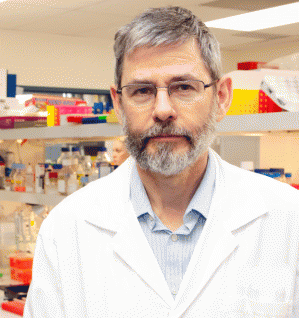
Professor Nigel Laing AO and his team from the Harry Perkins Institute of Medical Research have contributed to an improved method of diagnosis for genetic muscle disease.
Working with international research groups, including the Broad Institute in Boston, the teams used a new technology called RNA-sequencing that interprets the ‘messages’ from genes, rather than observing the genes themselves.
Professor Laing said that by understanding the messages that are being sent by genes, researchers are able to better identify the errors and mutations that cause genetic diseases.
“The valuable information we’re gathering from using this technology to understand these genetic messages, simply isn’t available by looking exclusively at the genes,” Professor Laing said.
“RNA-sequencing allows us to obtain definitive answers for patients regarding what is causing their disease. Previously these patients would not have had answers.
Professor Laing relates the problem of finding the precise cause of a patient’s disease to unravelling an onion.
“Just like Shrek’s onion, there are layers to these problems.”
“Thirty years ago the techniques we used to identify genetic mutations could only show certain types of mutations easily.”
“Since then, groundbreaking new research and emerging technologies have allowed us to efficiently see more layers of information and help more and more patients.
“Next generation DNA sequencing gave us another major increase in the number of patients we were able to give an accurate diagnosis to.”
“This new technology is another crucial step towards finding the precise cause of all genetic muscle diseases, to help as many patients as possible.”
Professor Laing said the technology could help with the diagnosis of patients with genetic diseases affecting other areas of the body.
The study was published in the high impact journal Science Translational Medicine.
